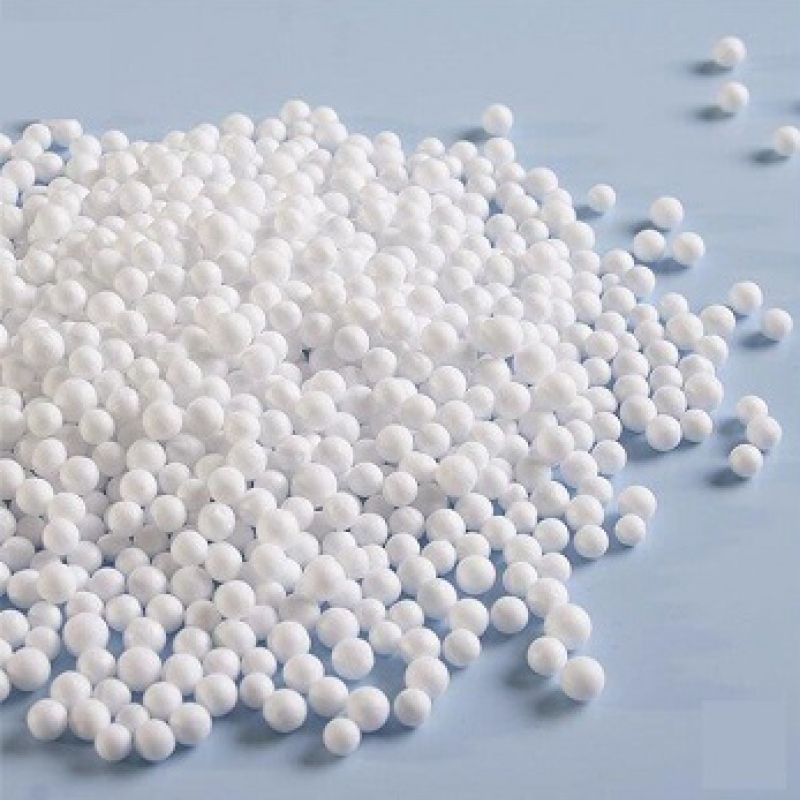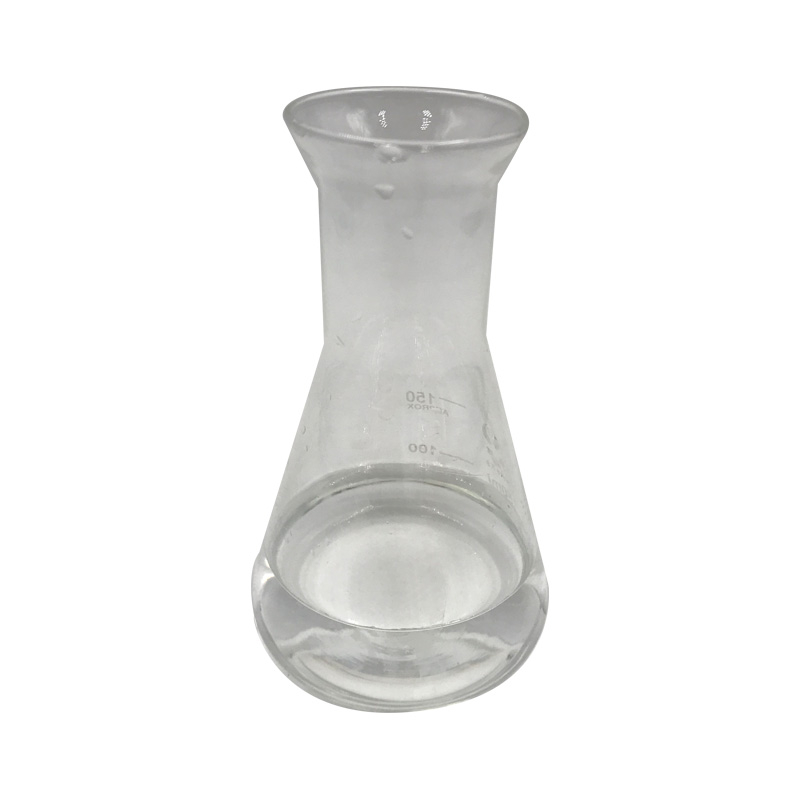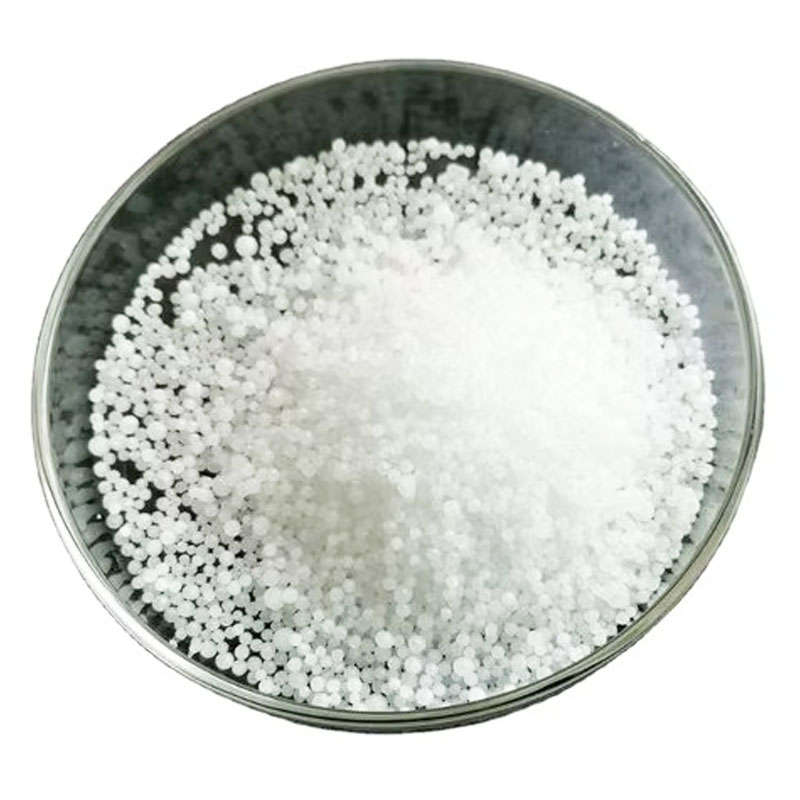Products Description of Ferric ammonium oxalate trihydrate CAS#13268-42-3Calcium and magnesium precipitants, electroplating industryFerric ammonium oxalate trihydrate Chemical PropertiesMelting point 161°C (rough estimate)density 1,78 g/cm3solubility very soluble in H2O; insoluble in ethanolform Crystalline Powdercolor GreenWater Solubility Very soluble in water. Insoluble in alcoholSensitive Light Sensitive & HygroscopicMerck 14,517Exposure limitsACGIH: TWA 1 mg/m3NIOSH: TWA 1 mg/m3Stability:May decompose upon exposure to light.
Contact Now
Products Description of Lead acetate trihydrate CAS#6080-56-4 Lead acetate trihydrate is colorless crystal, white granule or powder, which is deliquescent. It is easily soluble in water and has a sweet taste.
Contact Now
Products Description of Direct Ferric oxide CAS# 1309-37-1Iron oxides are produced synthetically and consist essentially of anhydrous and/or hydrated iron oxides. The range of hues includesyellows, reds, browns and blacks. Food quality iron oxides are primarily distinguished from technical grades by the comparatively low levels of contamination by other metals. This is achieved by the selection and control of the source of iron and/or by the extent of chemical purification during the manufacturing process.
Contact Now
Products Description of Ethylenediaminetetraacetic acid tetrasodium salt trihydrate CAS#67401-50-7Tetrasodium EDTA is a white powder that can be used as a hard water softener, a multivalent chelating agent, a fixing solution for bleaching in color photosensitive materials, and an activator for styrene-butadiene rubber.Ethylenediaminetetraacetic acid tetrasodium salt trihydrate Chemical PropertiesMelting point >300° Cstorage temp. Store at room temperaturesolubility Soluble in water.form powdercolor WhitePH10.0 to 12.0(5 g/L, 25 deg-C)CAS DataBase Reference67401
Contact Now
Products Description of Adenosine5'-(tetrahydrogen triphosphate), disodiuM salt, trihydrate (9CI) CAS#51963-61-2 This product is white crystal or off-white powder, odorless, slightly sour, and hygroscopic. It is easily soluble in water and very slightly soluble in ethanol, ether, chloroform and benzene. It is relatively stable in alkaline solutions and easily decomposed in acidic and neutral solutions.
Contact Now
Products Description of Ammonium thiosulfateCAS#7783-18-8Ammonium thiosulfate, chemical formula (NH4)2S2O3. Molecular weight 148.20. Colorless monoclinic crystals. Melting point 150℃ (decomposition), relative density 1.679. Easily soluble in water, insoluble in ethanol, slightly soluble in acetone. Its aqueous solution will precipitate sulfur when left for a long time. Above 50℃, its concentrated aqueous solution gradually decomposes into sulfur and sulfate. In the presence of ammonia and hydrocyanic acid, ammonium thiocyanate and ammonium sulfite are formed.
Contact Now
Products Description of Ammonium Alginate CAS#9005-34-9Ammonium alginate is a chemical substance with the molecular formula C6H7O6NH4. Alginic acid, also known as alginate or alginates, is an anionic polysaccharide widely distributed in the cell walls of brown algae, which forms a viscous jelly by combining with water. It is also a significant component of biofilms produced by the bacterium Pseudomonas aeruginosa, the main pathogen in cystic fibrosis, conferring its high resistance to antibiotics and killing by macrophages. Its color ranges from white to yellow-brown.
Contact Now
Products Description of Ammonium sulfate CAS#7783-20-2Ammonium sulfate, also known as ammonium sulfate, is the earliest nitrogen fertilizer produced and used at home and abroad. It is usually regarded as a standard nitrogen fertilizer with a nitrogen content of 20% to 30%. Ammonium sulfate is a salt of strong acid and weak base, and its aqueous solution is acidic. Ammonium sulfate is a nitrogen fertilizer and an acidic fertilizer among inorganic fertilizers. Long-term single use will cause soil acidification and hardening, which needs to be improved.
Contact Now
Products Description of Didecyl dimethyl ammonium chloride CAS#7173-51-5Didecyl dimethyl ammonium chloride belongs to the double-chain quaternary ammonium salt compounds, which are used in many products due to their bactericidal, virucidal and fungicidal properties. In terms of disinfection function classification, didecyl dimethyl ammonium chloride belongs to the medium-level disinfectant and is a broad-spectrum virus disinfectant.
Contact Now
Products Description of Didecyl dimethyl ammonium chloride CAS#7173-51-5Didecyl dimethyl ammonium chloride belongs to the double-chain quaternary ammonium salt compounds, which are used in many products due to their bactericidal, virucidal and fungicidal properties. In terms of disinfection function classification, didecyl dimethyl ammonium chloride belongs to the medium-level disinfectant and is a broad-spectrum virus disinfectant.
Contact Now
Products Description of Sodium hydrogen ferric DTPA CAS#12389-75-2White powder.Sodium hydrogen ferric DTPA Chemical Propertiesdensity 1.607[at 20℃]Water Solubility 113g/L at 30℃LogP-11.9EPA Substance Registry SystemFerrate(2-), [rel-[N(R)]-N-[2-[bis[(carboxy-.kappa.O)methyl]amino-.kappa.N]ethyl]-N-[2-[(S)-[(carboxy-.kappa.O)methyl](carboxymethyl)amino-.kappa.N]ethyl]glycinato(5-)-.kappa.N,.kappa.O]-, sodium hydrogen (1:1:1), (PB-7-13-12564)- (12389-75-2) Factory and Equipment ShowFast delivery timeInventory 2-3 working days New production 7-10 working days
Contact Now
Products Description of Calcium Ammonium NitrateCAS#15245-12-2Calcium ammonium nitrate is a nitrogen fertilizer made by melting ammonium nitrate with a certain proportion of limestone and dolomite powder. The ingredients are a mixture of NH4NO3, CaCO3 and MgCO3. Calcium ammonium nitrate contains 21% to 26% nitrogen (N), and is grayish white or light yellow granules or powder. The aqueous solution is weakly alkaline.Calcium ammonium nitrate is the world's most soluble calcium-containing chemical fertilizer.
Contact Now
Products Description of Ammonium bicarbonate CAS#1066-33-7Ammonium bicarbonate(1066-33-7) is a commonly used reagent for industrial and research procedures. Ammonium bicarbonate is volatile in solution and releases ammonia and CO2. This property makes ammonium bicarbonate a good buffer for such applications as lyophilization and matrix assisted laser desorption.
Contact Now
Products Description of Ammonium Superphosphate (SSP) CAS#7758-23-8Ammonium Superphosphate (SSP), with the CAS number 7758-23-8, is a highly effective fertilizer used in agriculture to enrich soil with essential phosphorus and nitrogen.
Contact Now
Ammonium bicarbonate CAS#1066-33-7Ammonium bicarbonate(1066-33-7) is a commonly used reagent for industrial and research procedures. Ammonium bicarbonate is volatile in solution and releases ammonia and CO2. This property makes ammonium bicarbonate a good buffer for such applications as lyophilization and matrix assisted laser desorption.
Contact Now
Products Description of Tetrabutyl ammonium chloride CAS#1112-67-0Tetrabutylammonium chloride is a chemical substance with the chemical formula C16H36ClNTetrabutyl ammonium chloride Chemical PropertiesMelting point 83-86°Cdensity 0.98refractive index 1,421-1,423Fp >110°Cstorage temp. Store below +30°C.solubility H2O: 20 mg/mL, clear, colorlessform Crystalline Solidcolor White to brownishPH5-8 (100g/l, H2O, 20℃)PH Range5 - 8 at 100 g/l at 20°CWater Solubility SOLUBLESensitive Light Sensitiveλmaxλ: 220 nm Amax: 0.05λ: 230 nm Amax: 0.
Contact Now
Products Description of Ammonium dihydrogen phosphate CAS#7722-76-1Diammonium phosphate is a highly effective fertilizer widely used in vegetables, fruits, rice and wheat.Ammonium dihydrogen phosphate Chemical PropertiesMelting point 190 °C (dec.) (lit.)Boiling point 87.4 °Cdensity 1.02 g/mL at 20 °Cvapor pressure 0.066 hPa (125 °C)RTECS TC6587000storage temp. Inert atmosphere,Room Temperaturesolubility H2O: 0.1 M at 20 °C, clear, colorlessform SolidSpecific Gravity1.803color White or colorlessPH Range3.8 - 4.4PH3.
Contact Now
Products Description of Copper (II) Nitrate Hydrate CAS#10031-43-3Copper nitrate trihydrate is a white powder, easy to deliquesce, easily soluble in water, with a solubility of 45g at 0℃. It can be reprecipitated by adding concentrated nitric acid. It decomposes into nitrogen oxides and copper oxide when red hot, and is decomposed by hydrochloric acid. Common hydrates are hexahydrate Cu(NO3)2·6H2O and trihydrate Cu(NO3)2·3H2O. The former is a blue crystal with a relative density of 2.074.
Contact Now
Products Description of Methyl Tributyl Ammonium Chloride CAS#56375-79-2Methyltributylammonium chloride, also known as tributylmethylammonium chloride, has a molecular formula of C13H30ClN, a molecular weight of 235.84, and a CAS registration number of 56375-79-2.
Contact Now
Products Description of Hexadecyl trimethyl ammonium bromide CAS#57-09-0Hexadecyltrimethylammonium bromide is white or light yellow crystals or powder, easily soluble in isopropanol, soluble in water, produces a lot of foam when shaken, and has good compatibility with cationic, nonionic, and amphoteric surfactants. It has excellent penetration, softening, emulsification, antistatic, biodegradability, and bactericidal properties.
Contact Now
Products Description of Ammonium phosphate dibasic CAS#7783-28-0Diammonium phosphate, also known as diammonium hydrogen phosphate (DAP), is a compound fertilizer containing two nutrients, nitrogen and phosphorus. Diammonium hydrogen phosphate is a high-concentration quick-acting fertilizer that is easily soluble in water and has less solids after dissolution. It is suitable for various crops and soils, especially for crops that prefer nitrogen and require phosphorus. It can be used as base fertilizer or topdressing, and deep application is recommended.
Contact Now
Products Description of Polyisobutylene CAS#9003-27-4Ammonium Chloride (CAS#12125-02-9) is a white crystalline salt that is highly soluble in water, with a solubility of 37.2 g/100 g at 20°C. It is a crucial component in agricultural fertilizers, providing essential nitrogen for plant growth. This compound is also used as a feed additive and in various industrial applications due to its versatility. In agriculture, Ammonium Chloride is valued for its ability to enhance soil fertility and promote robust plant development.
Contact Now
Products Description of Hexadecyl trimethyl ammonium bromide CAS#57-09-0Hexadecyltrimethylammonium bromide is white or light yellow crystals or powder, easily soluble in isopropanol, soluble in water, produces a lot of foam when shaken, and has good compatibility with cationic, nonionic, and amphoteric surfactants. It has excellent penetration, softening, emulsification, antistatic, biodegradability, and bactericidal properties.
Contact Now
Calcium Ammonium Nitrate (CAN) CAS# 15245-12-2 Calcium ammonium nitrate is a nitrogen fertilizer made by melting ammonium nitrate and a certain proportion of limestone and dolomite powder. The composition is a mixture of NH4NO3, CaCO3 and MgCO3.
Contact Now


































